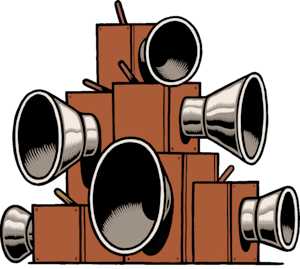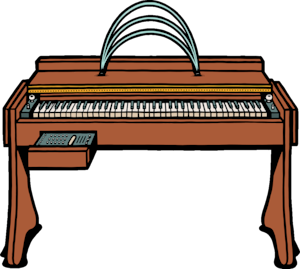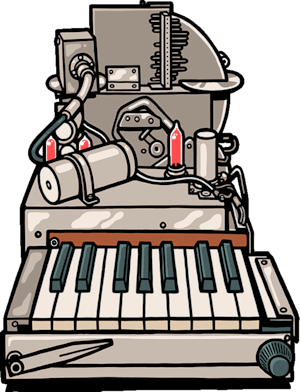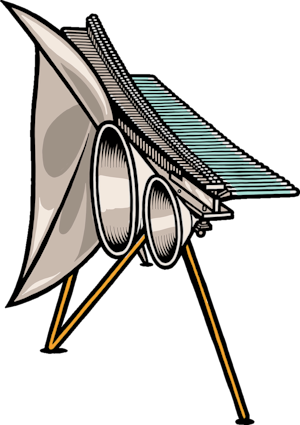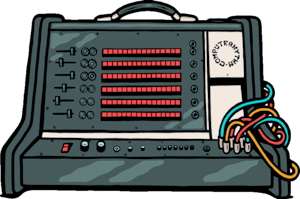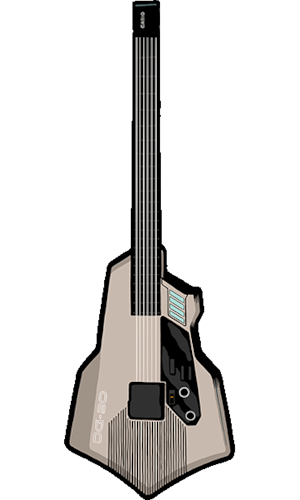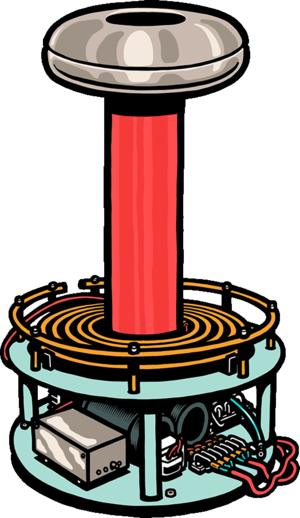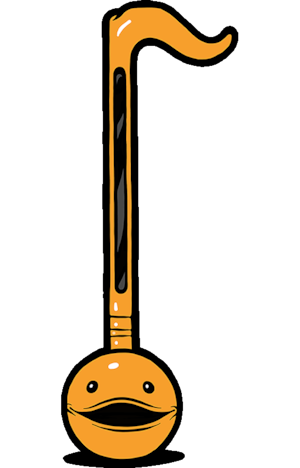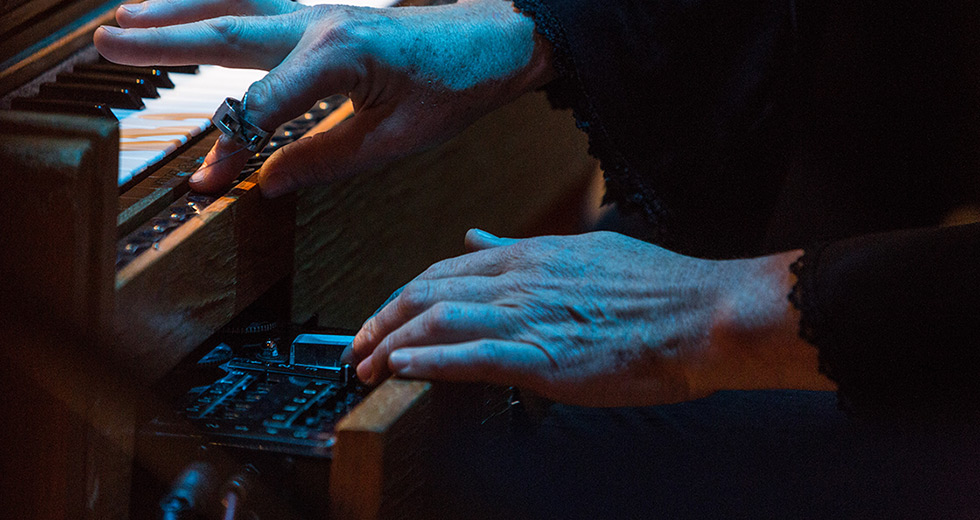Future Instruments of the Past
Few instruments become as iconic as the piano, guitar or 808. We take a look back at some futuristic designs that, for one reason or another, didn’t quite catch on
Intonarumori (1910)
Italian Futurist Luigi Russolo might have been the world’s first noise artist, with a manifesto that boasted about the creation of the “most dissonant, strange and harsh sounds.” Russolo’s Intonarumori were acoustic drone machines, boxes with horns that amplified the sounds made inside. The one performance of his Intonarumori orchestra, in 1917, was met with violence – it seems music fans weren’t ready for Russolo’s Futurist racket.
Ondes Martenot (1928)
The Ondes Martenot, designed by inventor Maurice Martenot, is one of the most well-known of the overlooked early electronic instruments. Like the theremin, Martenot’s instrument played with radio waves, but some have argued that his creation was actually more advanced and easier to play. Its eerie notes can be heard in contemporary music by Radiohead’s Jonny Greenwood.
Rhythmicon (1931)
The world’s first drum machine was built by the American music theorist and experimental composer Henry Cowell in collaboration with Léon Theremin. The Rhythmicon was programmed with 16 rhythms and utilized a keyboard for triggering patterns. Unlike later drum machines, the instrument played loops of tones based on mathematical ratios on the harmonic scale. Only three were ever built, and only two remain in existence today.
Cristal Baschet (1952)
This instrument is one of many created by French artists François and Bernard Baschet, brothers who experimented with noise-making sculptures. The device’s metal and glass rods vary in length, weight and position to create different pitches, and a wet finger is run over the glass to create the sound. The strangely beautiful large fiberglass cones then amplify this sound. The Cristal Baschet was introduced during the era when musique concrète was taking off in France, and it added another instrument to the avant-garde’s arsenal.
EKO ComputeRhythm (1972)
Everyone’s heard of a Roland 808, but odds are you’ve never heard of an even more highly prized vintage drum machine: the EKO ComputeRhythm. This classic analog machine actually used punch cards to program its beats, though its row of buttons was a forward-thinking innovation at the time. Although fewer than 20 were ever sold, the ComputeRhythm’s sounds appeared on albums by pioneers Jean-Michel Jarre and Manual Göttsching, making it legendary among early electronic music fans.
Laser Harp (1981)
The fantastical laser harp breaks a laser into smaller beams, and triggers a sound when one of the beams is interrupted or broken. The harps can be programmed in innumerable ways using this basic concept. Electronic musician Jean-Michel Jarre is the most well-known laser harp player, but countless others have experimented with building and programming their own, though the instruments have never quite broken into the mainstream. They are, however, popular at festivals like Burning Man as interactive installations.
Casio DG-20 Guitar (1987)
Casio produced this bizarre hybrid in the late ’80s in an attempt to integrate guitar and synth technologies. The guitar produces MIDI data, so it can be used as a controller to program synths. According to users, though, it wasn’t particularly good for anything. Both the instrument’s programming abilities and its native sounds received negative feedback. One recent reviewer on Casio’s website called the guitar “one of the most ridiculous instruments I've ever encountered.” Needless to say, the Casio DG-20 has been largely forgotten by history.
Zeusaphone (2007)
“Zeusaphone” is a fun name for what’s more often known as a singing Tesla coil. The coil is modified so that its sparks produce a buzzy, electronic tone. Though Tesla coils have been around since the turn of the 20th century, this instrument still looks like something from a future dystopia, and the sound it creates actually is the noise of sparks passing through the air. The zeusophone created by Scott Coppersmith was the first that included a MIDI system, making the instrument as programmable as any synthesizer.
Otomatone (2009)
The word “otoma” in Japanese means “ladle,” and that is indeed what the Otomatone looks like (it also resembles an eighth note with a face). The Otomatone makes theremin-like noises when you move your fingers up and down its neck, press on its head or shake it, while switches on the back allow the player to change octaves. It’s fair to say the Otomatone has not reshaped the future of music, but it has facilitated some great YouTube videos.
All illustrations: Loren Purcell

